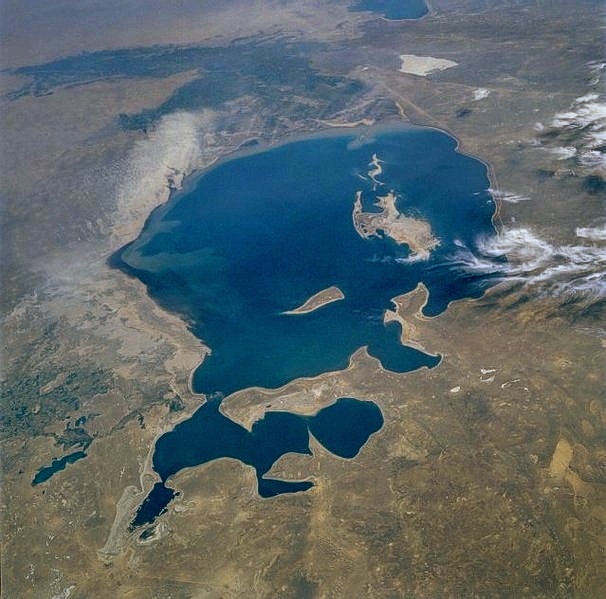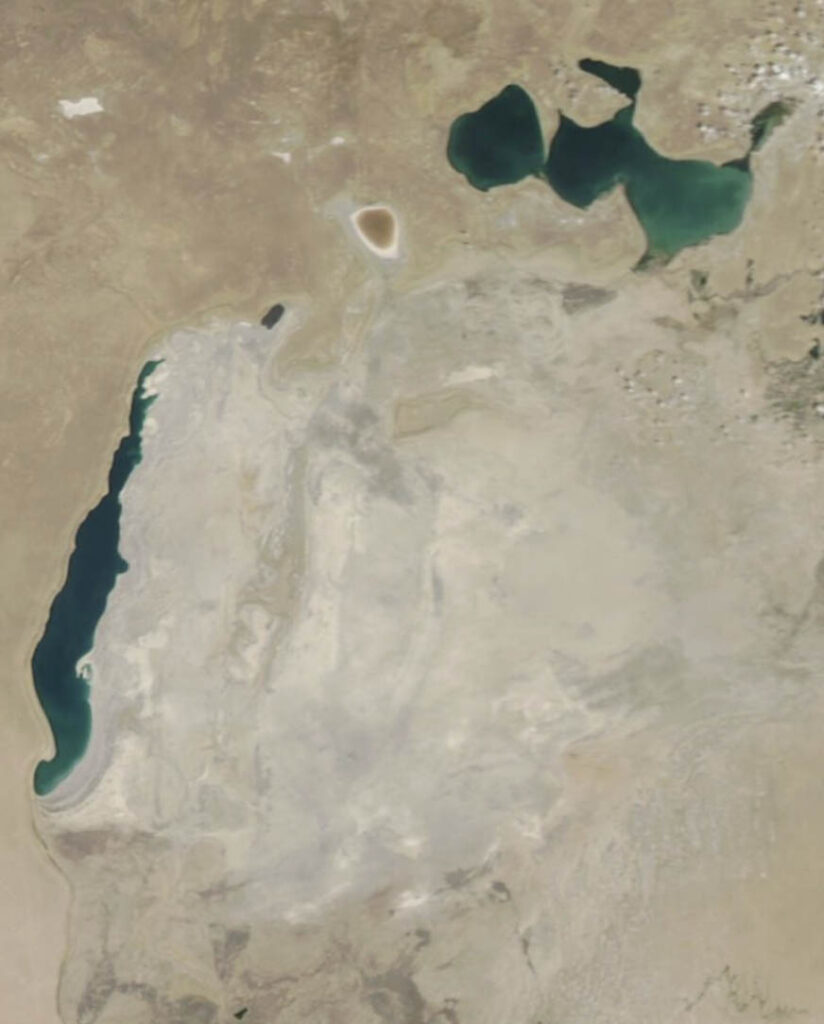A new report highlights the devastating transformation of the Aral Sea into a barren wasteland, exposing ecological and human health crises.
Key Points at a Glance:
- The Aral Sea, once the fourth-largest lake in the world, has nearly disappeared, leaving behind a toxic desert.
- Decades of aggressive water diversion for agriculture led to the collapse of the ecosystem.
- Toxic dust storms from the exposed seabed now threaten human health, spreading harmful chemicals and salts.
- Efforts to restore parts of the lake show mixed success, but the majority remains irreversibly damaged.
A new report has unveiled the full scale of the ecological catastrophe that has befallen the Aral Sea, once the world’s fourth-largest inland body of water. Over the last six decades, unchecked water extraction for irrigation projects in Central Asia has turned this vast lake into a toxic wasteland, with severe consequences for the environment and local populations.
The Aral Sea began shrinking in the 1960s, when Soviet-era irrigation projects diverted its two primary tributaries, the Amu Darya and Syr Darya rivers, to support massive cotton farming operations. This led to a rapid decline in water levels, with the lake losing over 90% of its volume by the early 2000s. Today, the once-thriving fishing industry is extinct, and communities that depended on the lake have suffered devastating economic and health consequences.

As the lake receded, it exposed a vast expanse of seabed laced with toxic residues from agricultural runoff, including pesticides and other hazardous chemicals. The dry, contaminated soil is now carried by strong winds, creating toxic dust storms that pose serious health risks. Respiratory diseases, cancers, and birth defects have surged among populations in Uzbekistan and Kazakhstan, where the worst of the disaster is felt.
Several international initiatives have sought to revive sections of the Aral Sea, particularly the Northern Aral Sea in Kazakhstan, where dam projects have led to some water recovery. However, the Southern Aral Sea, which lies mostly in Uzbekistan, remains an arid desert, with little hope of restoration.

While some experts believe reforestation and sustainable water management could mitigate further damage, others argue that the lake is beyond full recovery, serving as a stark reminder of the consequences of unsustainable water usage.
The demise of the Aral Sea is one of the most striking examples of human-induced environmental destruction. It serves as a critical warning for other water bodies around the world facing similar threats, such as Lake Chad in Africa and the Colorado River in the US. Without urgent changes in water management policies, more vital ecosystems could meet the same fate.